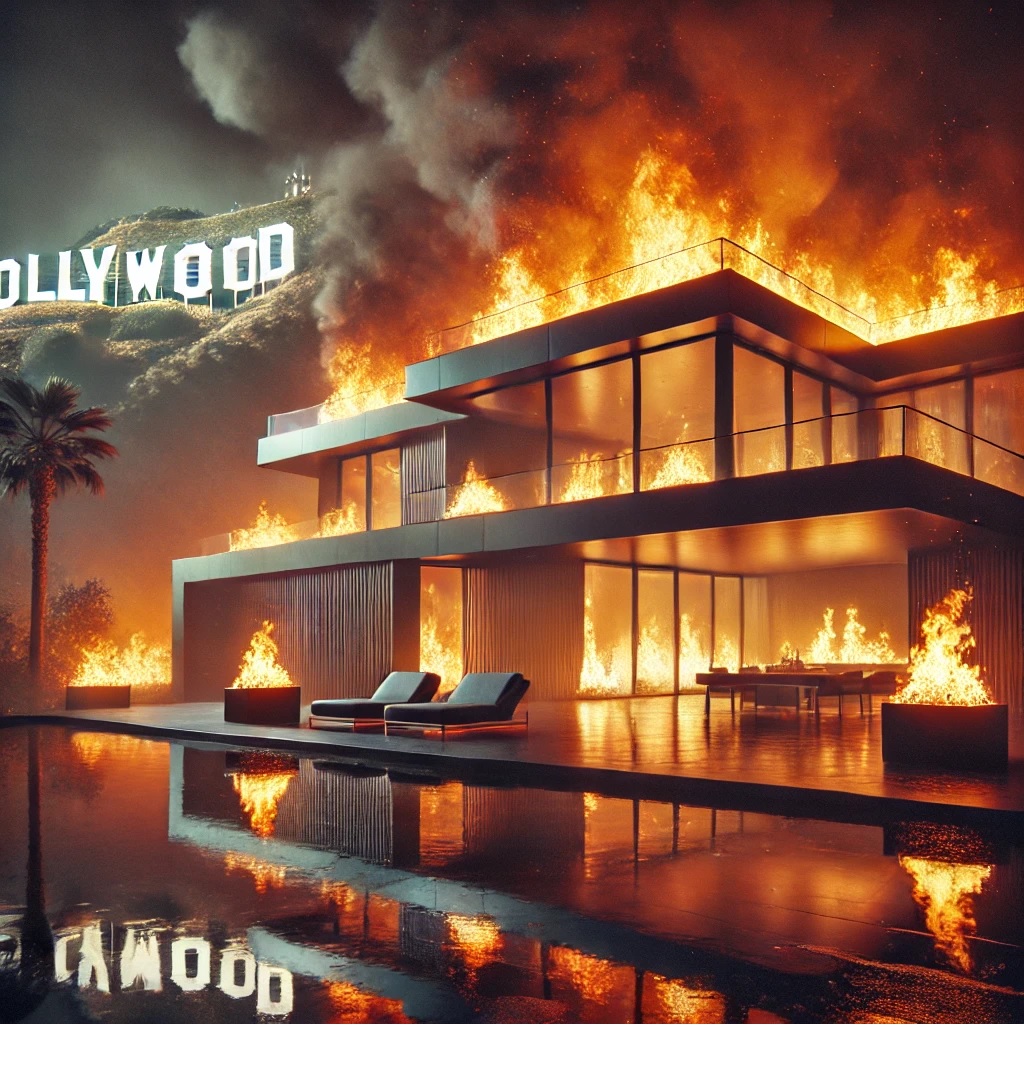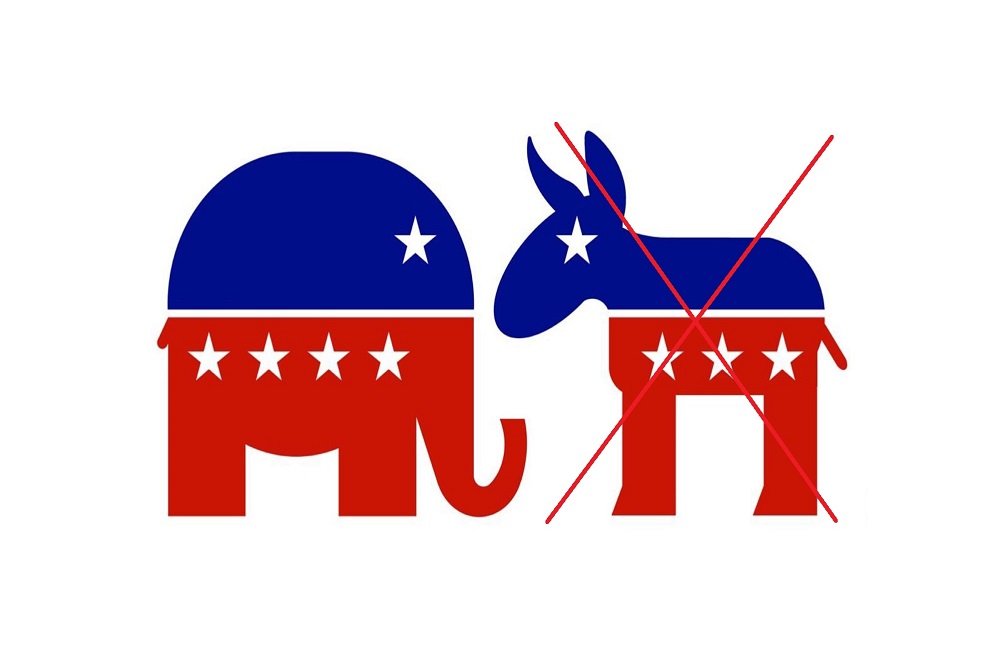Wildfires in Southern California are an annual disaster, with devastating impacts on communities, ecosystems, and economies. While the region’s climate and geography create natural fire risks, it is human decisions—policy failures, urban planning choices, and outdated practices—that have turned manageable fires into catastrophic infernos.
This article explores the historical context of wildfires, the root causes of the crisis, and the policies that exacerbate it, along with potential solutions to end the cycle of destruction.
A Historical Perspective on Southern California Wildfires
Wildfires are not new to California. The dry Mediterranean climate, characterized by hot summers and mild, wet winters, has always made the region prone to fire. Indigenous peoples, long before European settlers arrived, used controlled burns to manage landscapes and prevent large-scale wildfires.
In the early and mid-1900s, wildfires occurred, but their frequency and intensity were far lower. Urban sprawl was limited, and much of the landscape was still wild. However, as California’s population boomed post-World War II, the balance shifted. Developers began building homes in fire-prone wilderness areas, while policies failed to adapt to the increased risks.
Today, wildfires are larger, hotter, and more destructive than ever before, fueled by decades of poor land management, climate change, and urban expansion.
Key Issues Driving the Wildfire Crisis
- Urban Sprawl and Poor Land Use Southern California’s endless growth has led to sprawling developments at the wildland-urban interface, where houses meet highly flammable vegetation. Rather than building upwards in dense urban centers, local governments approved expansive housing developments in high-risk areas, exposing more homes and lives to fire danger.
- Construction Practices The region’s reliance on wood-frame construction exacerbates wildfire damage. Unlike fire-resistant materials like concrete or steel, wood burns easily, turning neighborhoods into tinderboxes during a wildfire. Despite repeated disasters, stricter building codes for fire-prone areas are rarely enforced.
- Forest Mismanagement Overgrown forests, filled with dry brush and dead trees, create ideal conditions for wildfires. Decades of fire suppression policies have allowed fuel loads to accumulate, while controlled burns—a proven method of reducing fire risk—remain underutilized due to bureaucratic hurdles and public opposition.
- Climate Change Rising temperatures, prolonged droughts, and erratic weather patterns have made wildfires more frequent and severe. Warmer conditions dry out vegetation, while stronger winds spread fires faster. Climate change acts as a force multiplier, turning small fires into unstoppable infernos.
- Water Mismanagement Southern California’s overuse of water resources leaves little for ecosystems. Diverting water to urban developments and agriculture has dried out vegetation, increasing its flammability. Better water conservation policies could reduce fire risks.
- The Role of Policy Policies driven by short-term economic gains and political considerations have worsened the crisis. For example, environmental regulations often delay forest thinning and controlled burns. Meanwhile, local governments prioritize development over safety, approving projects in known high-risk areas.
The Role of Weather Control and Geoengineering
While some theories suggest weather control technologies, like cloud seeding or HAARP, could influence wildfire conditions, evidence remains inconclusive. However, the idea reflects growing public frustration and distrust in government responses to wildfires.
Democratic Policy Failures: A Critical Analysis
California’s predominantly Democratic leadership has faced criticism for its handling of wildfire prevention and response. Critics point to:
- Resistance to forest thinning and controlled burns due to environmental concerns.
- Delays in permitting for fire mitigation projects.
- High regulatory burdens on private landowners attempting to fireproof their properties.
- A focus on renewable energy initiatives that neglect immediate wildfire risks.
While these policies aim to protect the environment and combat climate change, their unintended consequences often exacerbate fire dangers.
Solutions to Break the Cycle
- Adopt Smarter Building Practices
- Mandate fire-resistant materials for all new constructions in high-risk areas.
- Retrofit existing homes with fireproof roofing, siding, and windows.
- Rethink Land Use
- Restrict development in fire-prone zones.
- Incentivize urban density and vertical construction.
- Improve Forest Management
- Expand controlled burn programs to reduce fuel loads.
- Invest in thinning overgrown forests and removing dead vegetation.
- Enhance Emergency Preparedness
- Increase funding for firefighting resources and training.
- Develop better evacuation plans and fire warning systems.
- Address Climate Change
- Invest in renewable energy to reduce greenhouse gas emissions.
- Promote water conservation and sustainable land use policies.
- Educate the Public
- Launch campaigns to inform residents about fire safety and prevention.
- Counter misinformation about climate change and fire science.
Conclusion
Southern California’s wildfire crisis is not an inevitability but a consequence of decades of poor choices. By prioritizing sustainable land use, smarter construction practices, and proactive fire prevention, the region can reduce the frequency and severity of wildfires. However, without bold action, the costs—both human and financial—will continue to climb.
It’s time to stop fanning the flames and start addressing the root causes of Southern California’s wildfire apocalypse.




